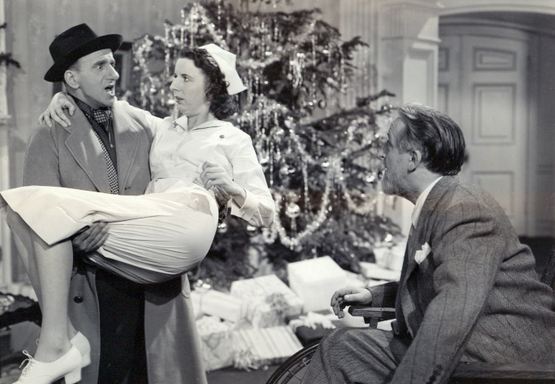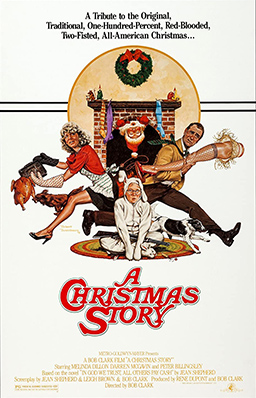I will admit that I, too, thought "The master has failed more times than the beginner has even attempted" was a Chinese proverb. Apparently not – most sources give Stephen McCranie, the comic book artist, credit. Regardless, it's my favorite aphorism and at this point I've probably said it more times than McCranie.
Because I fail a lot.
When I was young, I dreamed of being a lab researcher, but a stint at the National Institutes of Health put paid to that.
I still cringe when I think of the way chimpanzees were housed in tiny crates in the labs, how experiments were scrapped and living animals "sacrificed" by the scores because the scientists wanted to attend a wedding or hit the slopes.
It would have been a dream job for some – I reported directly to two Nobel Laureates. But I was miserable and gave up my plans for a career in science.
I modeled for a time and I was terrible at it. I had the height but not the élan. I couldn't wear contact lenses so I had to whip my thick glasses on and off continually for pictures. I was clumsy in heels and once stepped right off a runway. Oops.
Acting was fun and I was good at it. So were a thousand other young actors with thicker hides than mine. Failed again.
I was doing pretty well as a soft-news journalist. I wrote a snarky and very popular column for Buzz, then a hot new magazine billed as "the talk of Los Angeles." I covered parties for InStyle and scandals for Redbook and the other "seven sisters" magazines.
Then I stepped away for a hot minute to have a baby and when I was ready to get back to work, the editors who had once supplied me with a steady stream of assignments had moved on. Nobody knew my name. Failed again.
My first novel was a chapter book for kids published by Bantam Skylark. The acquiring editor left the house before Dog Magic came out. Death knell. Same for my next two books, one horror and one suspense, both from a major house, and both "orphaned" before their debuts.
When a book is orphaned, there's no one at the publishing house to schmooze buyers at book fairs, treat drinks, and fight for you to get reviews. They save those efforts for their own discoveries, for understandable reasons. The results were predictable. There's that F word again.
I abandoned writing and decided to become a teacher. With no credential and no training, I landed a job at at a yeshiva, then segued that into a spot at a top independent school. Then another. After classes, I worked on a young adult novel I called Big and Bad and How I Got My Life! Back. That book was so damned good. I knew it would be a hit and I would join the ranks of superstar YA authors John Greene and Laurie Halse Anderson. I sent Big and Bad off to one publisher, who rejected it. Then I tossed it in a drawer and sulked for the next fourteen years. Not kidding.
One day I came across the manuscript on my hard drive, read it, and liked it a lot. I polished it up and shipped it off to a contest sponsored by Texas Review Press. Big and Bad came in second but they published it anyway, and the following year it won the Paterson Prize for Books for Young People. Big and Bad got a rave review in School Library Journal, which is the go-to nearly all schools and libraries consult when stocking their shelves. Shoulda been a contender - but that dang pandemic thing got in the way. Since you're all writers, I don't need to explain. No stock, no ship, no shelf, no sale.
So. Teaching. I love teaching and I love kids. I don't love schools and I can barely abide administrators. I've been fired from more schools than some states have in their school system. In fact I've been fired from almost every job I've ever held, although a couple of times I managed to squeak out a quick I quit before they could lower the axe.
So you're picking up a theme here, right? Failure after failure, sometimes my fault, sometimes just the way the cards were dealt. But every single failure taught me something. Lots of things, actually, and I use all of those things in writing fiction and poetry.
When I was a kid, my sister and I would fight over Ellery Queen and Alfred Hitchcock when they arrived each month. (Yeah, it was a long time ago - they were both still monthlies!) I can truly claim to be a life-long fan, but it didn't occur to me to try selling a story to Ellery Queen until I was sixty years old. Sixty! According to Guardian Life Insurance, the average American retires at sixty-two - and here I was trying something brand-spanking new. Scary!
Janet Hutchings rejected my story, of course - it was all wrong for Ellery Queen. She rejected the next one, too, but then she bought Krikon the Ghoul Hunter, and then a whole bunch more.
My stories from Ellery Queen have been recorded in podcasts, nominated for awards, given prizes, published as a collection, and selected for "Best Ofs." And of course I publish elsewhere, too - sometimes in the strangest places. I've published a poem in Fungi Magazine (yes, all about mushrooms!) and a story I wrote for The Saturday Evening Post is part of the national high school curriculum of Fiji. Yep. The island nation. Don't ask. I'm just grateful.
It's a crazy writing life, this one. Some mystery writers my age have been publishing short stories for fifty years, not seven years. I'm kind of a newbie. My heart still beats fast when Jackie Sherbow tells me she'll take a story for EQMM, or when an editor asks me to write a story for an anthology, or a literary journal picks up a poem, or a university professor tells me he's teaching one of my poems or stories. I still sulk when a piece gets turned down, and I have cried more than a few late-night tears over rejections from editors I thought adored me.
I'm still trying, and I'm still failing. I've failed a lot.
And I've succeeded a lot, too.
Because that's the only way to get anywhere in this world. Try, and fail. Then try and fail again. Because the master has failed more times than the beginner has even attempted.


.jpg)

















.jpg)





